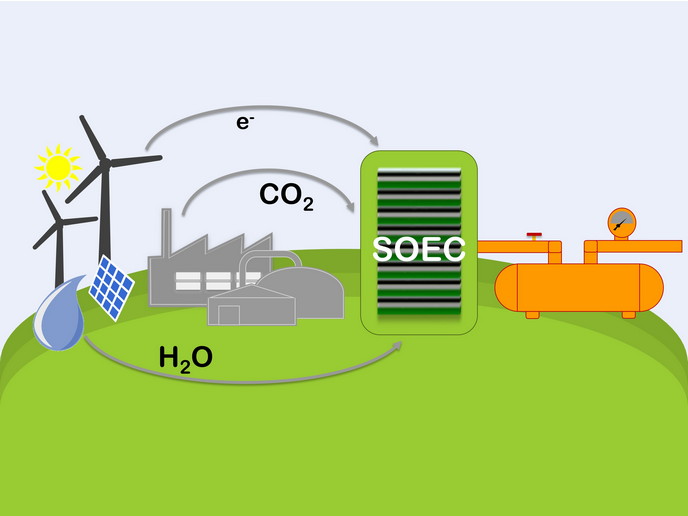Novel materials for solar fuel technology
The creation of syngas (consisting primarily of 'hydrogen' (H2) and carbon monoxide) from water and sunlight is the first step in the production of solar fuel, an alternative to fossil fuels. Researchers are searching for better catalysts and light-absorbing materials for this reaction in order to assemble a viable photosynthetic device on a useable scale. Catalysts made from abundant earth metals rather than precious metals and cheap materials that absorb light efficiently from the entire solar spectrum would be ideal. The EU-funded CO2SF (Solar fuel chemistry: Design and development of novel Earth-abundant metal complexes for the photocatalytic reduction of carbon dioxide) project investigated two metal-free light-absorbing materials in combination with a water-soluble nickel catalyst used with an H2-producing enzyme. The first material was carbon nitride, a non-toxic and cost-effective carbon-based material made by condensing melamine. It proved to be very stable, remaining active for much longer than other known photosensitiser systems, which photobleach or degrade over extended periods of irradiation. The second material was carbon quantum dots, which can be synthesised from citric acid, a common, cheap and non-toxic starting material. It was active as a light absorber, and measurable H2 production occurred even under visible light irradiation. Using hydrogenase enzymes as part of the catalyst was also novel, with researchers gaining significant insights into their action and mechanism. Four high-impact scientific publications have resulted from this investigation, and several spin-off projects continue to make use of the project findings. This work has thus helped pave the way for the development of solar fuel technology. Ultimately, the capture, conversion and storage of solar energy in this way will help scientists develop carbon-neutral energy sources.
Keywords
Solar fuel, syngas, carbon, catalysts, light-absorbing materials, earth metals, CO2SF







